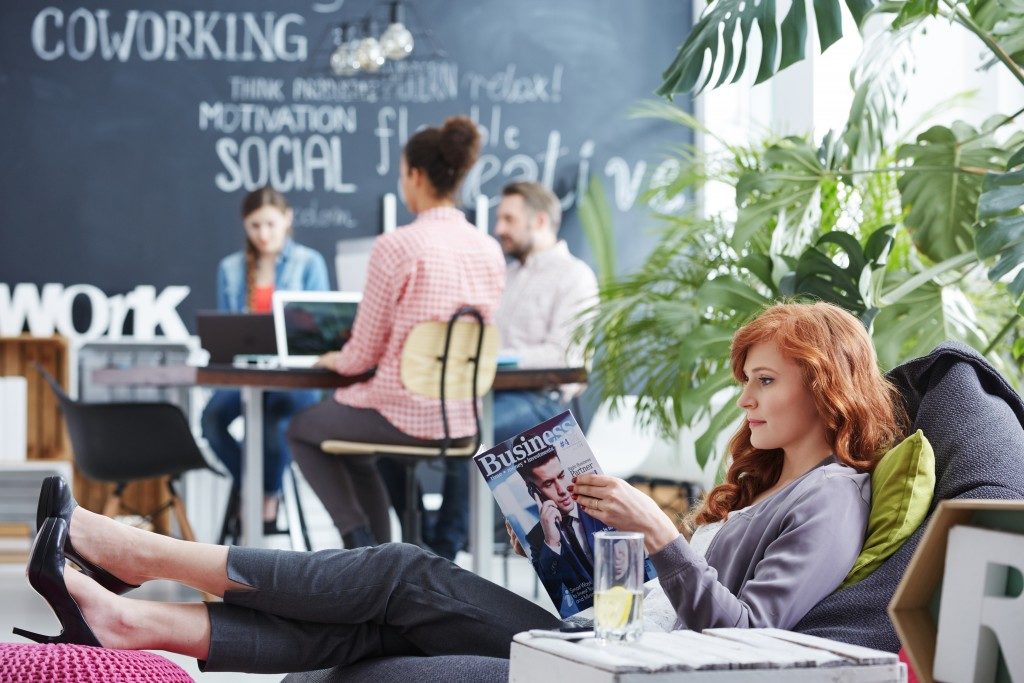
Those who watched TV in the '90s are familiar with the standard office layout that dominated the screen during that era. To put it mildly, it was boring and made you wary of imagining a nine-to-five job behind the desks in identical cubicles. Thankfully, the old ways of working and setting up workspaces are changing. Offices are becoming more open, engaging, and creative spaces. Instead of feeling isolated, employees are starting to feel like a part of the institution because of certain design changes. Here, we talk about how modern office layouts are continuously evolving.
The open floor plan
Perhaps the most famous of the modern office layouts is the open floor plan pioneered by Silicon Valley and favoured by startups and tech offices all over the world. The open layout has been hailed for making way for a more interactive office environment, compared to the claustrophobic office layouts of yesteryear. It makes communication much easier, makes employees more efficient by keeping everyone involved, and helps build a sense of community in the office. In recent years, the open floor plan has faced some criticism for being too open and not giving employees the personal space they need. This has led to a slight reworking of the open floor plan in the form of pods, where each department can group together their own employees and gain some more privacy.
The shared office
Another important step toward more efficient use of office space has been the addition of the co-sharing space, such as those found in global tech and finance hubs in Singapore and New York. These environments are agile and support a number of different small organizations and offices who would otherwise not be able to afford rent in cities where office space is sky high. The co-sharing office helps foster a creative environment by allowing these small fledgeling firms and startups to participate in the innovative atmosphere of these cities. They can be rented by the hour, and they have all the top-notch facilities such as printers, high-speed Internet, and meeting rooms. An added benefit to shared offices is that they help workers build and expand their networks as they meet more people within the industry.
Entertainment meets work

The modern office space has taken the cliche of all work making people dull to the heart. Office spaces are no longer the mundane sets of desks, but neither are they the extravagance of early 2000's tech offices. The layout has reached a perfect middle ground, where work and entertainment are paired together for utmost productivity. They come with snack bars, an in-office game room, or other perks such as nap pods. The office encourages team playing with the incorporation of casual Fridays and other fun activities. This leads to happier workers and a higher rate of employee retention.
Knowing how work culture is evolving can help businesses plan for better offices for the future. Better office layouts lead to a better work environment in a virtuous cycle. The lesson for new startups and firms is to be as adaptable as possible and to welcome novel ideas when they arise.